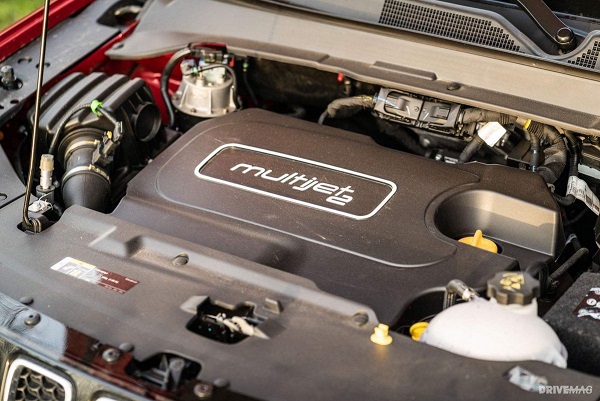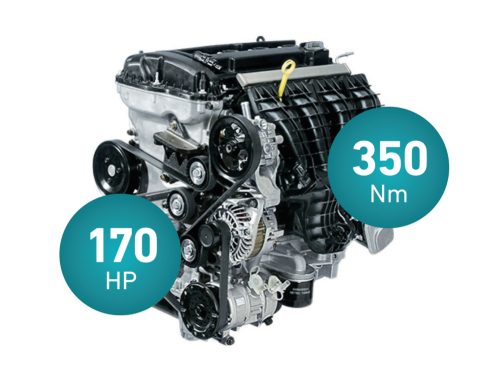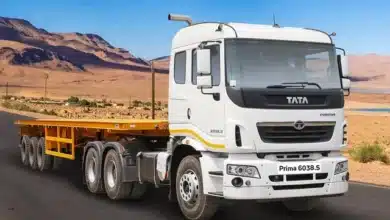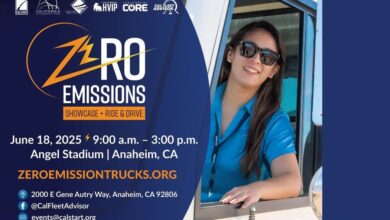Tata Motors acquires license to independently upgrade Fiat Multijet II diesel engine

Tata Motors has taken a complete functional control on the development and upgradation of the 2.0-litre Fiat Multijet II diesel engine for its own requirements. However, the engine’s IP continues to remain with the Stellantis.

In a major development, Tata Motors Passenger Vehicles (TMPV) has entered into a License Technology Agreement with Stellantis in the last quarter of the FY2024-25 to acquire rights to carry out in-house development and technological changes to the latter’s Fiat Multijet II 2.0-litre diesel engine. This enables the company independent control over the engine’s design tweaks, power calibrations, and use for its own requirements.
As reported by Autocar India, the license covers only development and modifications to the Multijet II diesel towards performance differentiation and enhancement. However, the basic engine’s IP still remain with the Stellantis, as there is no change in the production agreement. Manufacturing of the engine will continue at Fiat India Automobile Private Ltd’s (FIAPL) facility located at Ranjangaon.
As we know, the 2.0-litre Multijet II diesels was originally developed by Fiat Powertrain Technologies (FPT), now part of Stellantis. The engine is locally made in India at FIAPL and supplied to global automakers including Tata Motors through a customer-supply program. Tata uses this engine in its Harrier and Safari models. Other notable automakers using this engine includes MG Motor for its Hector SUV.
Also Read: Fiat MultiJet II Diesel (in Jeep Compass): Technology Explained
Since the manufacturing license lies with Stellantis, the OEMs who use this engine cannot perform design and calibration changes without prior approval from the former. This process is costly and tedious. It is because of this reason that Tata Harrier and Safari are offered in single output calibration of 170 hp. Had it been its own engine, Tata could have offered multiple power options to differentiate the models and meet the competition requirements.
With the latest agreement, Tata Motors can make changes to the engine’s design and recalibrate ECU at their own will. The company has now unlock more power, improve efficiency parameters, and prepare the engine for future emission norms in-house without any external nod or support.

Although the Multijet II diesel engine is neither new nor futuristic, the company has now got a complete functional hold onto a basic diesel engine technology to build on for the emerging market requirements. Nevertheless, the engine is a lifeline for Tata Harrier and Safari models, as diesel options continues to outperform petrol or electric options in the segment.
Related




